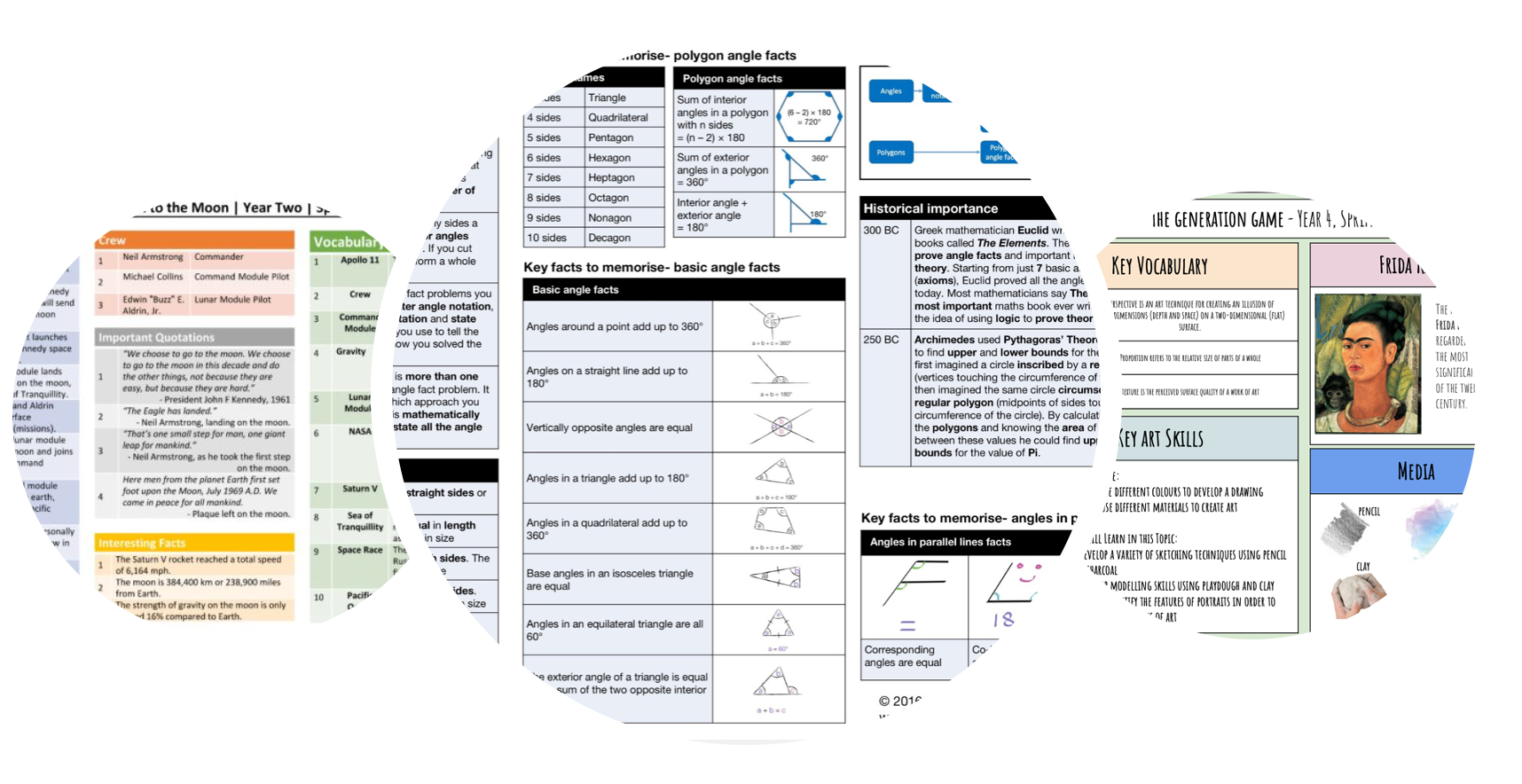What if tools commonly used in the classroom threaten to inhibit the learning they were developed to support?
Too often, a well-meaning teaching tool can get detached from the thinking which made it useful and so its original ingredients for learning are long lost. Commonly, after a couple of years, institutional memory loss in schools sees resources being used by teachers that didn’t devise or develop them, even though it remains an expectation to continue to use those resources well.
Knowledge organisers (KOs) may sit uncomfortably in this space of well-meaning resources that can turn sour.
KOs are now ubiquitous in so many schools across the country. After being coined in secondary schools, they are now much more common in primary schools too, covering a vast array of topics. There are websites devoted to them and a small cottage industry in aesthetically pleasing KO products.
As a planning resource, the KO has likely proven a useful receptacle for key vocabulary and the salient facts for a given topic. Indeed, it may have been the creation of such resources which had most learning value. Their development, in many cases, will have led to teachers discussing their curriculum decisions, such as the parameters of knowledge for a given topic, or the salient vocabulary the encapsulates a concept.
If we are to sustain the impact of such tools, then continued monitoring and evaluation of their development and use will matter.
It can be easy to see rich curricular thinking become ossified because it doesn’t appear on the KO. Equally, tools without training are unlikely to be exploited as well as they could be.
Stop, elaborate and listen!
When my daughter brought home a KO recently, it was a useful reminder of the utility of such a resource.
The topic was distilled into a singular resource, potential saving on lots of worksheets, or disparate note-making. It made home learning more manageable.
Crucially though, as Professor Steve Higgins, who coined the Bananarama principle (‘it isn’t what you do it is the way that you do it‘) attests, it is how you use the tool that gets results. A concise KO can easily be ill-used.
My daughter could easily have highlighted the KO in a rainbow of colour (see ‘Why I hate highlighters‘ here!). She could re-read the lists of facts and distilled vocabulary over and over, with her feeling her homework is done (read more on the perils of re-reading here). And yet, if she didn’t elaborate on the factual information in the KO, then she is unlikely to remember it, or to be able to make more complex insights, about the given topic.
By supplementing the KO with some instruction in effective study, then it may lead to learning.
The following examples are useful approaches to ensure KOs lead to harder thinking, elaborating and learning:
- Flashcards and self-testing. Transforming the content on the KO onto flashcards demands pupils elaborate upon their understanding. A failure in my past was expecting GCSE students to create good flashcards and use them well – we should not assume this will happen ‘naturally’ (even university students struggle to use flashcards well).
- ‘Connect 4’. Often, the KO offers a list of related vocabulary items and chunks of knowledge. Too easily, these facts can be disembodied. ‘Connect 4’ is an approach that explicitly gets pupils to make connections and elaborate upon meaningful links. It may be vocabulary items or different sub-topics on the KO. The four can be selected by the teacher, or the pupil generates their own connections, with credit being given for the most interesting connections.
- ‘Why is XXXXX important?’ Talking about the content on a KO is the most obvious way to elaborate upon it and make meaningful connections. One concept from cognitive science that is promising is ‘Elaborative Interrogation‘. Put simple, it is asking ‘why’ and ‘how’ questions to elicit understanding. It brings to life what can be an inert KO, in ‘just a minute’, or in more detailed written tasks etc.
- Think Alouds. One common approach to improve reading comprehension is getting pupils to undertake ‘Think Alouds‘. Drawing upon principles of metacognitive talk and ‘self-explanation‘ from cognitive science, this type of talk elicits learning via narrating, questioning and discussing the key items on the KO – effectively ensuring pupils verbalising their thinking.
- Frayer Models. A type of graphic organiser, the Frayer Model is another useful strategy to elaborate upon an individual word or concept hiding in a list on the KO by transforming it.
Frayer model example:

Should we kick out the KO?
It is clear that a KO will be as effective as the thinking and doing that attends it.
For teachers, monitoring and updating knowledge organisers may continue to offer a useful curriculum development tool. Or it may prove too limited to do that job and need to be superseded by something else.
For pupils, if we are going to expect that KO’s generates learning, it is highly likely it will require a lot of explicit instruction in their effective use. Promoting a range of effective study strategies that get pupils to elaborate upon the KO content is likely to prove essential.
We don’t necessarily need to KO the popular tool, but we should think hard about how to use them effectively and go on to sustain their effectiveness.
Related reading:
- ‘Strengthening the Students’ Toolbox‘. This excellent AFT article summarising Dunlosky et al. large scale research of effective study strategies – see HERE.
- The Learning Scientists produced a range of very useful resources on ‘Elaboration‘ – see HERE.
- It is important to probe the findings of cognitive science further to determine their application for the classroom. This article by Dr Alicia Shaw, from the IEE, helpfully analyses the evidence – see HERE.






Comments